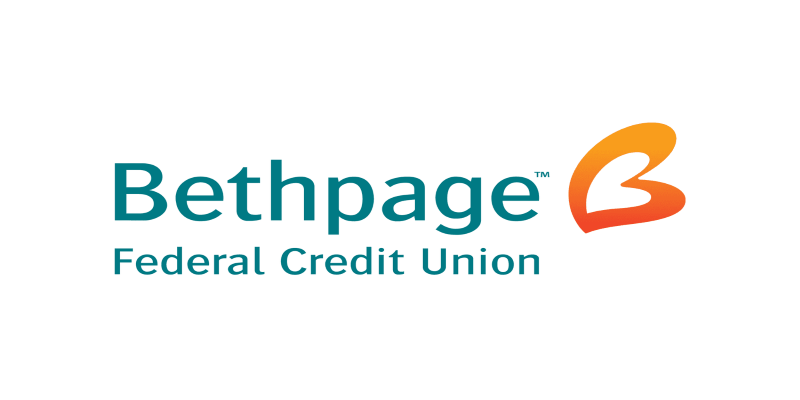The Best Ways to Fund Your IRA and Secure Your Financial Future
Planning for retirement is a step-by-step process, and one of the most effective tools at your disposal is an Individual Retirement Account (IRA). But how do you actually fund an IRA to make sure you're on the path to a comfortable retirement? This article takes you through the various ways you can fund your IRA, from traditional methods to newer strategies. We'll break it down in a straightforward way so you can get started without feeling overwhelmed.

Understanding the Basics of an IRA
Before delving into how to fund an IRA, one must know what it is. An IRA refers to a retirement account with tax advantages. The two types include the Traditional IRA and the Roth IRA. While similar in nature, their significant difference would be in their mode of taxation. Contributions to a Traditional IRA are tax-deductible at the time you make them, and you'll pay taxes on the distributions when you're older. On the other hand, the contributions to a Roth IRA are made after tax, and the distributions taken at retirement are tax-free. It's also important to keep this in mind because it would help you plan how to contribute based on your current situation and what you expect to be your future tax environment.
How to Fund an IRA: Different Ways to Contribute
There are several ways to fund your IRA, each with its advantages depending on your financial situation and retirement goals. The most common method is through regular contributions, but there are also options for rollovers, transfers, and even employer-sponsored contributions.
Regular Contributions
The most direct means for funding your IRA is the annual contribution. There's an annual limit established on contributions by the IRS in 2024 to individuals under the age of 50, which amounts to $6,500. As for those 50 years and older, it has been set at $7,500. Limits to contributions apply to all the IRAs that you own - whether you have a Traditional or a Roth IRA. You can contribute using your bank account and even through a check.
The beauty of regular contributions is that you can plan for them. You can set aside a specific amount each month or each quarter, which would make it easier to hit your contribution limit without the financial strain. Many people set up automatic transfers from their checking accounts, which makes it a hassle-free way to fund their retirement.
Rollovers and Transfers

Another way to fund an IRA is through a rollover or transfer. A rollover happens when you move funds from one retirement account to another, such as from a 401(k) to an IRA. This can be done without triggering taxes, provided you follow the correct process. A direct rollover, where the funds are transferred directly from one account to the other, is the simplest way to handle this.
Transfers are similar but happen between different IRAs, whether it's moving funds from one bank to another or changing IRA custodians. Rollovers and transfers are often used when you change jobs or want to consolidate your retirement accounts into one place for easier management.
Employer Contributions
In some cases, your employer might offer a way to fund your IRA. If your employer provides a 401(k) or similar retirement plan, you may be able to roll over those funds into an IRA once you leave the company or retire. While you can't directly contribute to your IRA via employer-matching contributions, rolling over funds from employer-sponsored retirement plans can help you build a larger nest egg.
Catch-Up Contributions
For those 50 years and older, the IRS allows "catch-up" contributions to IRAs. These additional contributions can be crucial for individuals who may not have started saving for retirement early enough or who want to maximize their savings in the final years before retirement. In 2024, catch-up contributions allow you to contribute an extra $1,000 to your IRA on top of the standard contribution limits.
Contributions After Retirement
One interesting aspect of IRAs is that, unlike employer-sponsored retirement accounts, you can continue contributing to a Traditional IRA after you reach the age of 70½, provided you have earned income. This makes IRAs an attractive option for those who want to continue saving into their later years, especially if they are still working past the typical retirement age.
Maximizing Your IRA Contributions

To make the most of your IRA, it’s important to maximize your contributions. Funding an IRA as early as possible and consistently contributing can have a significant impact on your retirement savings, especially with compound interest working in your favor.
Suppose you can aim to contribute the maximum amount allowed by the IRS each year. The earlier you start, the more time your investments have to grow. If you're able to put more money into your IRA each year, consider taking advantage of the catch-up contributions if you're over 50.
Another strategy to maximize your IRA is to fund it through other investment vehicles, such as stocks, bonds, or mutual funds. These types of investments can offer higher returns than simply letting your funds sit in a savings account. When funding an IRA, you also have the option to choose the type of assets to hold within your account, which can further affect the growth of your retirement savings.
Conclusion
Funding an IRA is one of the best decisions you can make for your financial future. With a variety of ways to contribute—from regular contributions to rollovers and employer contributions—you have the flexibility to fund your IRA in a way that works for you. The key is to start early, maximize your contributions, and be mindful of the tax advantages that come with IRAs. Whether you're just starting your career or nearing retirement, contributing to an IRA can provide you with the financial security you need for a comfortable future.












